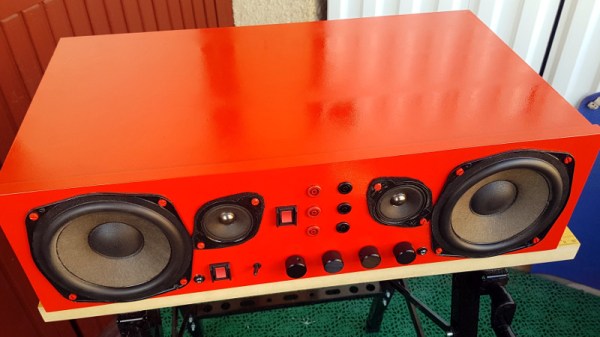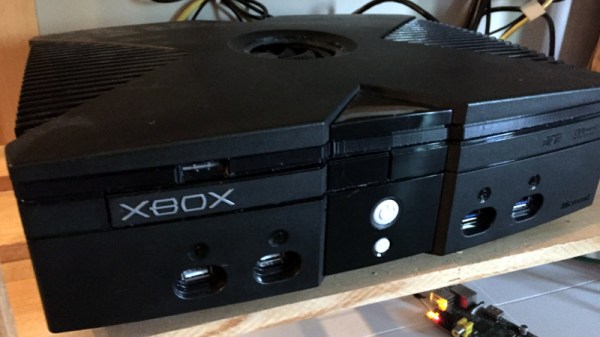The Hackaday Prize is the greatest hardware competition on the planet. It’s the Academy Awards of Open hardware, and over the past few months we’ve challenged makers and artists to create the Next Big Thing. All things must come to an end, though, and last week we wrapped up the final challenge in the Hackaday Prize. The results were fantastic, with over one hundred entries to the Musical Instrument Challenge. Now, we’re ready to announce the winners.
Over the past few months, we’ve been running a series of five challenges, and picking the best twenty projects to come out of these challenges. The Musical Instrument Challenge was the final challenge in The Hackaday Prize, and now we’re happy to announce the winners. These projects have been awarded a $1,000 cash prize, and they’re moving onto the final round where one lucky winner will receive the Grand Prize of $50,000. Here are the winners of the Musical Instrument Challenge, in no particular order:
Musical Instrument Challenge Hackaday Prize finalists:
- FATCAT: Altoids Tin Mod Tracker
- Multiwind
- Moon Germs
- Fluxamasynth Modules
- Hacking Nature’s Musicians
- Pedalino™
- Turnado Hardware MIDI Controller
- Stylish!
- Noise Nugget
- Cello-like, mostly analog synth
- Making Techno with Music Robots
- The Open Woodwind Project
- Kord Kontroller
- Teensy Beats Shield
- emonica – MIDI Harmonica
- Pentasynth
- GePS
- VSTiBox
- PolyMod: modular digital synthesizer
- ElektroCaster
Continue reading “These Twenty Projects Won The Musical Instrument Challenge In The Hackaday Prize”





















